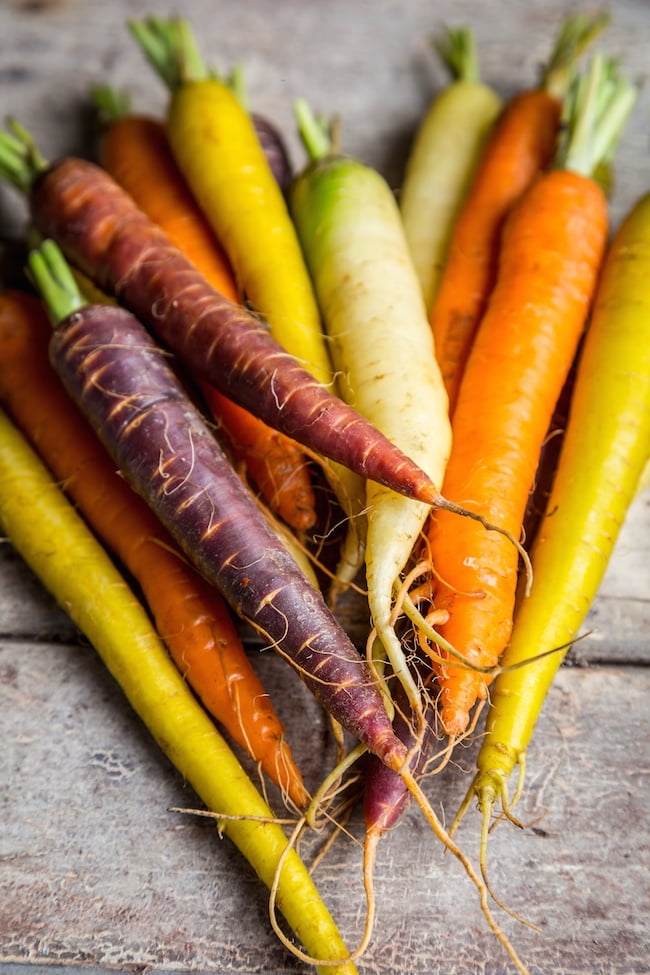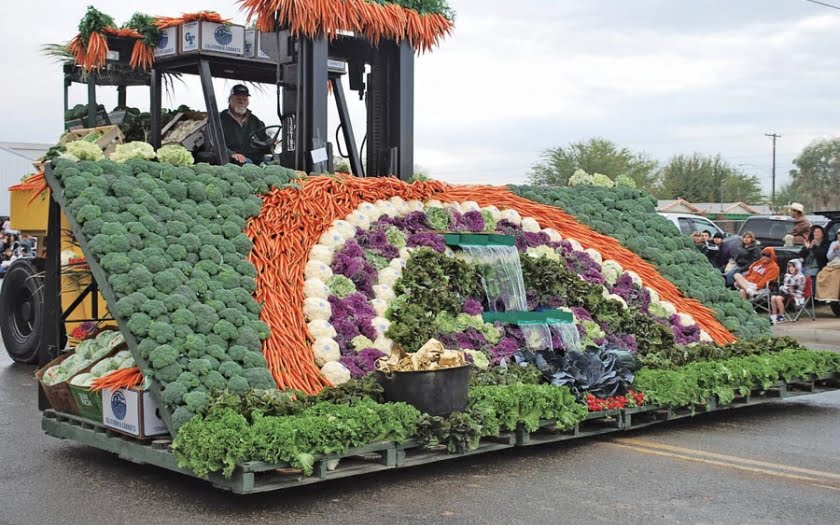I’ve just discovered there’s a museum dedicated to carrots. I kid you not. It is a virtual museum dedicated to all things carrot (parsnips also get a mention). Immerse yourself at the World Carrot Museum.

Coloured carrots have put carrots back on the menu
Carrots it seems have many fans as there’s also a day for carrots. Since 2003, April 4 has been celebrated as International Carrot Day.
Carrots take around 12 to 16 weeks to mature from planting so if you want to harvest homegrown carrots on International Carrot Day, they need to be sown around late November or early December.
But wait, there’s more. There’s also town in the United States that calls itself the Carrot Capital of the World. It is Holtville in California. The town has been celebrating carrots for 70 years and is the centre of a large carrot-growing region. This year’s festival kicked (or should that be hopped) off on February 3 with a banquet where the 2017 Carrot Festival Queen received her crown. This was followed by a week of carrot festivities with parades, cooking contests and a carrot festival T-shirt. The theme for 2017 is ‘We Dig Carrots’.

A float at the Carrot Festival in Holtville, California
Holtville is not alone in celebrating carrots. Similar festivals are held in Ontario, Aurau in Switzerland, Turkey and also in the town of Croissy in France. Closer to home there’s The Big Carrot in Ohakune in New Zealand where an annual carrot carnival is held in June.
An enterprising garden tour operator could create a very interesting carrot-based tour!
Growing carrots
Carrots grow well in deep friable soil that is free of stones, lumps and added manure. A deep, sandy soil produces the best carrots.
Seed is sown in rows. Sow the seed 5mm deep and keep the ground moist to assist with germination. As the seed is fine, the seedlings need to be thinned out to about 10cm apart.
The carrot is just one of the vegetables that has had a resurgence in recent years as seed breeders and growers come up with new, exciting and more colourful options. Harlequin mix includes purple, yellow and orange carrots. There are also mixes with white carrots.
It’s really a case of everything old is new again as wild carrots were originally white or purple and the orange forms familiar today were developed by the Dutch in the 16th century. Orange carrots came from a variant of purple carrots that were yellow as they lacked anthocyanins (which imbue a purple colour in foods) but were rich in carotene. Orange carrots were further refined by the French giving rise to some of the popular varieties still grown today including ‘Nantes’ and ‘Chantenay’.
There are also baby (‘Baby’) and round, stubby carrots (‘Parisian Round’) that are suitable for growing in containers or in shallow gardens as they don’t need much depth of soil. Short carrots are also a clever way to avoid the curse of carrot growing – forked carrots.

Oops – forked carrots
